A Bristol Bulldog Biplane Fighter is Once Again in the Sky
Vintage Aviation News
OCTOBER 18, 2024
. “Coming back around, I’m usually at about 60 knots. And then when you get down near the threshold, you just hold it off and gently let the wheels down. You have to use a lot of rudder—I mean you have to be rabid as far as using the rudder to control the airplane, and it wheel lands very nicely.”

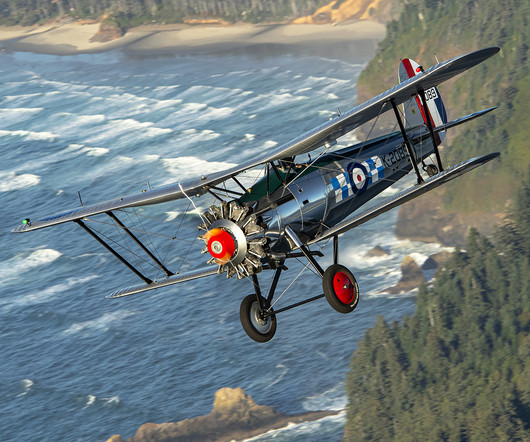
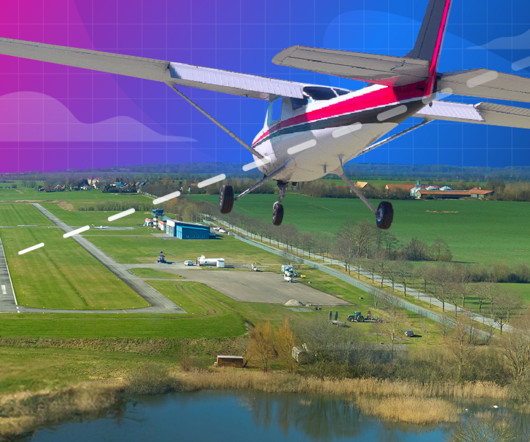
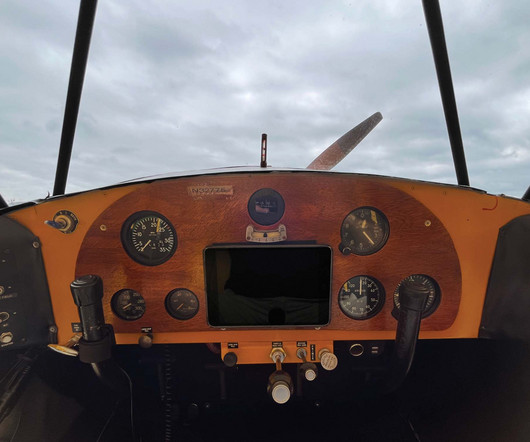
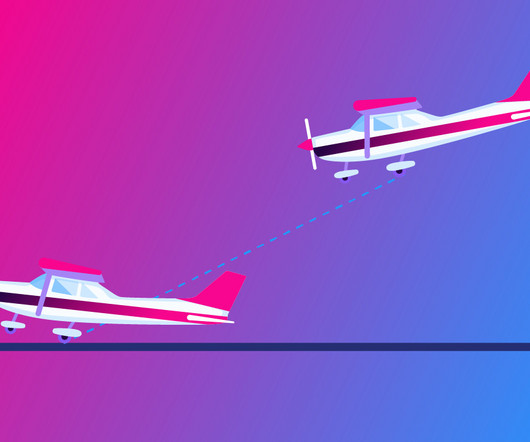



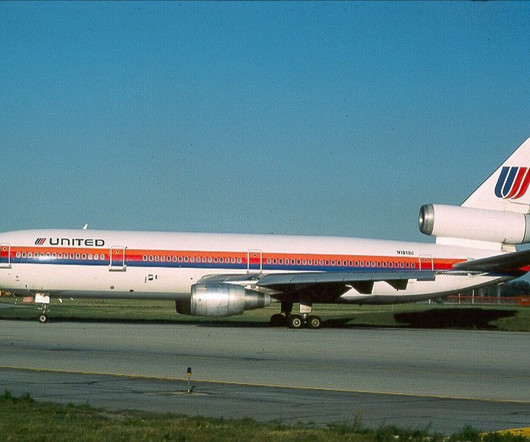
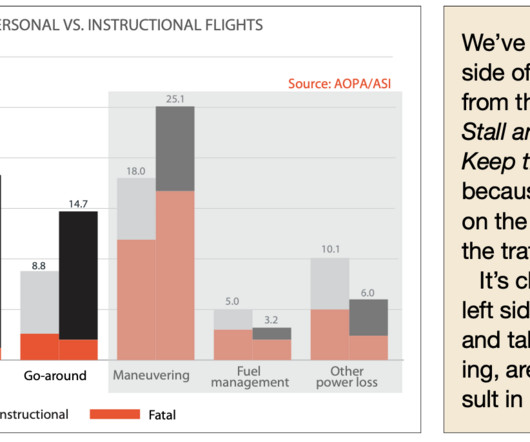
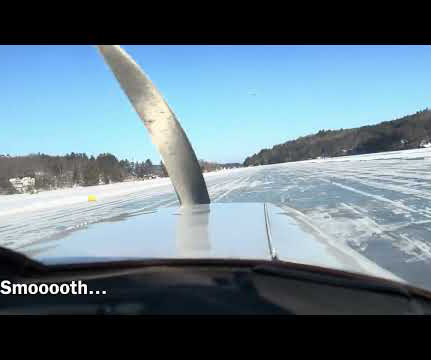
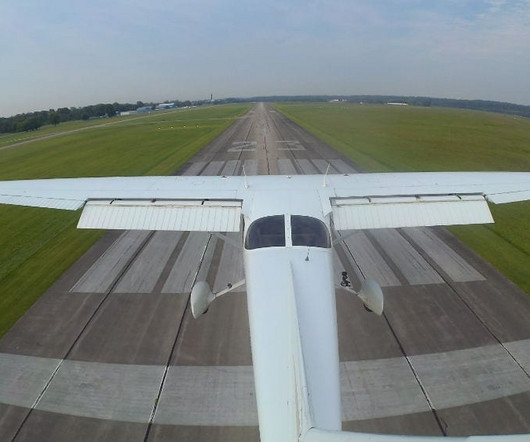






Let's personalize your content